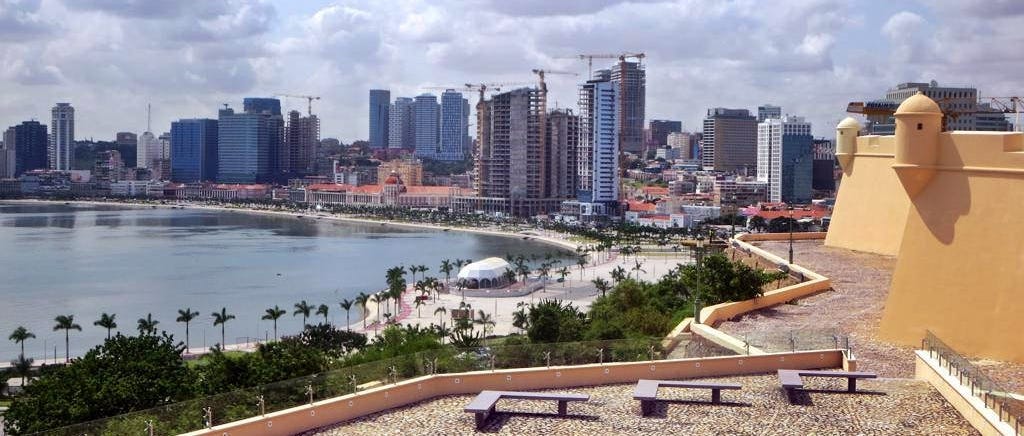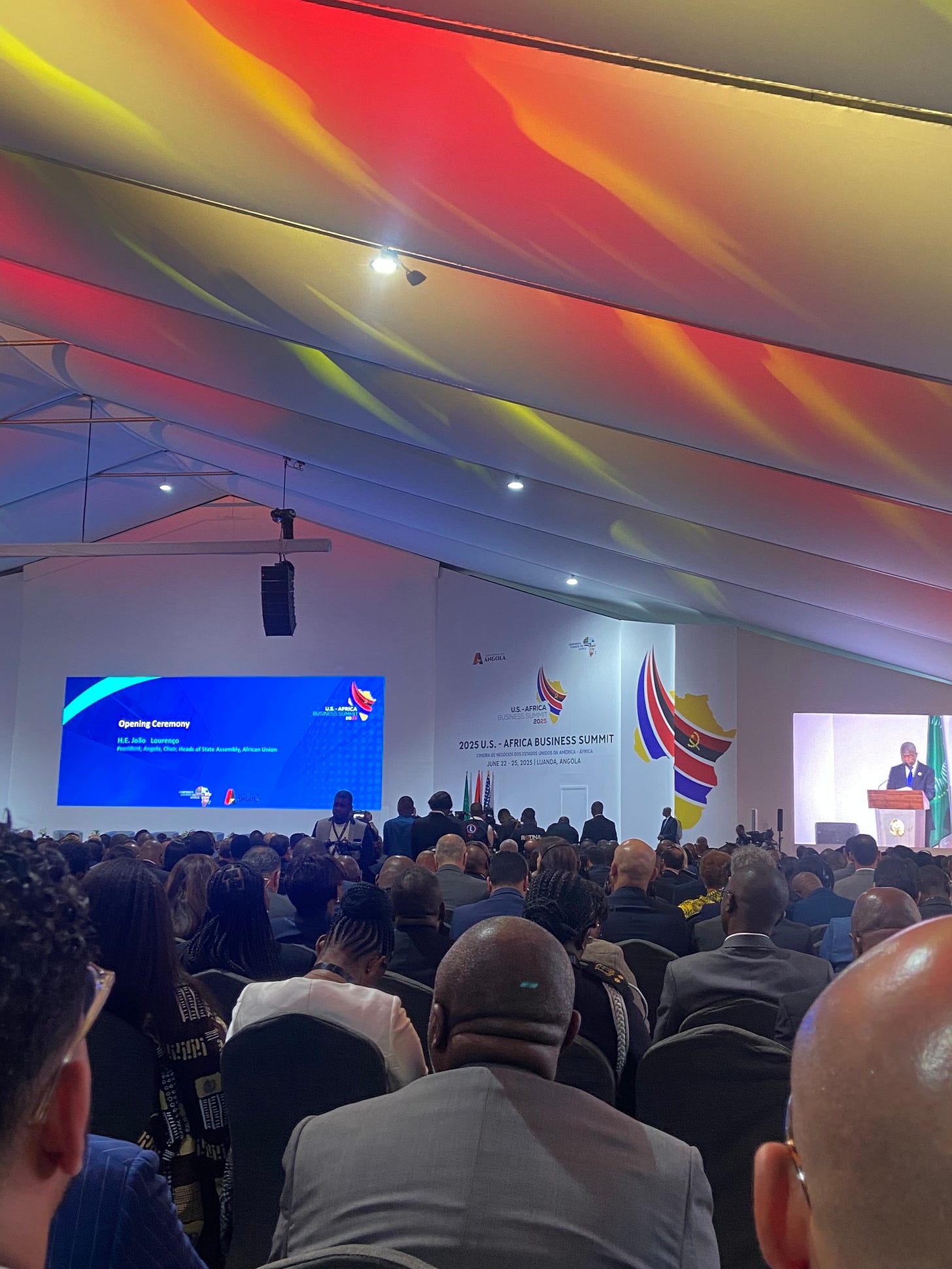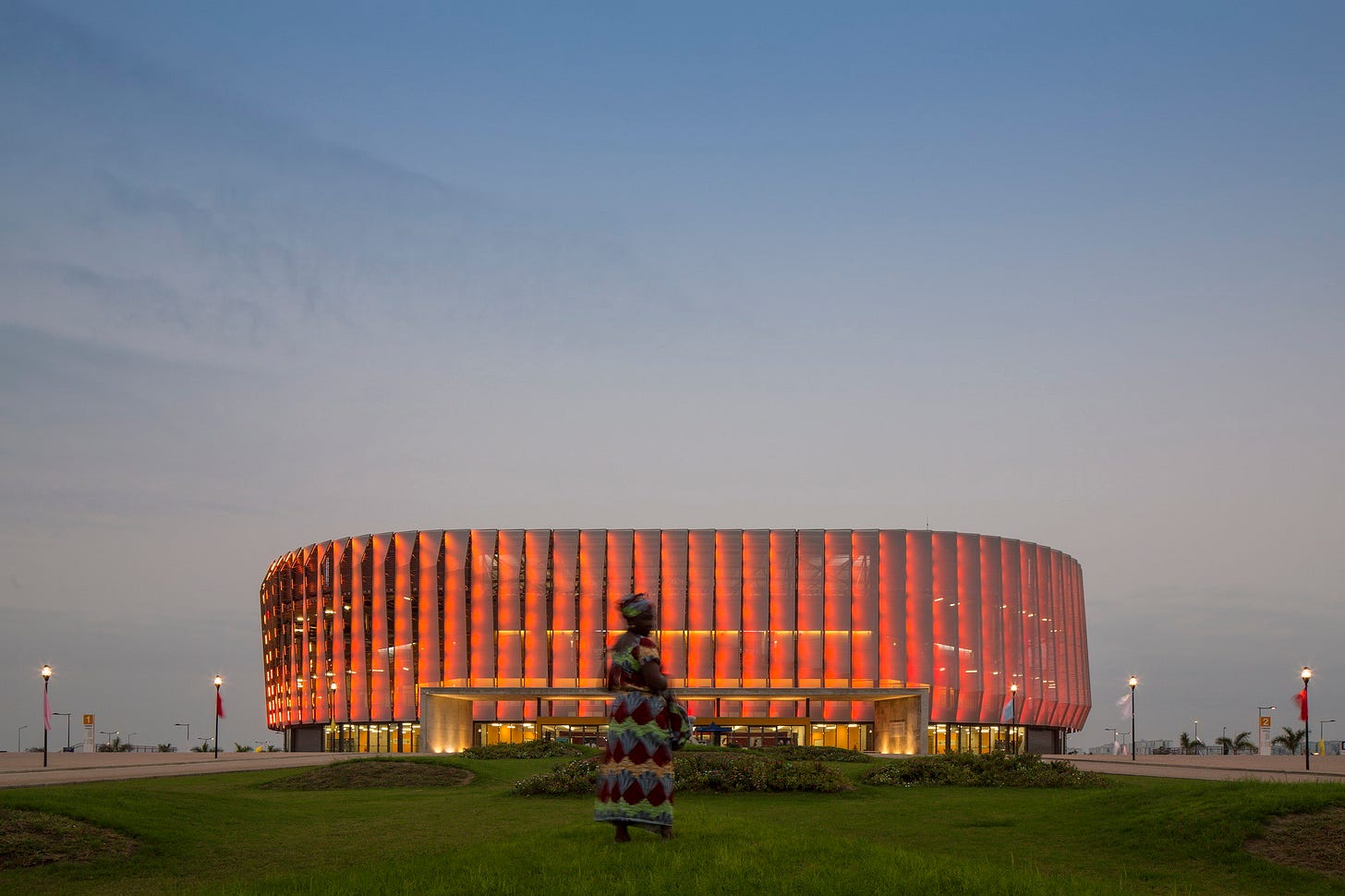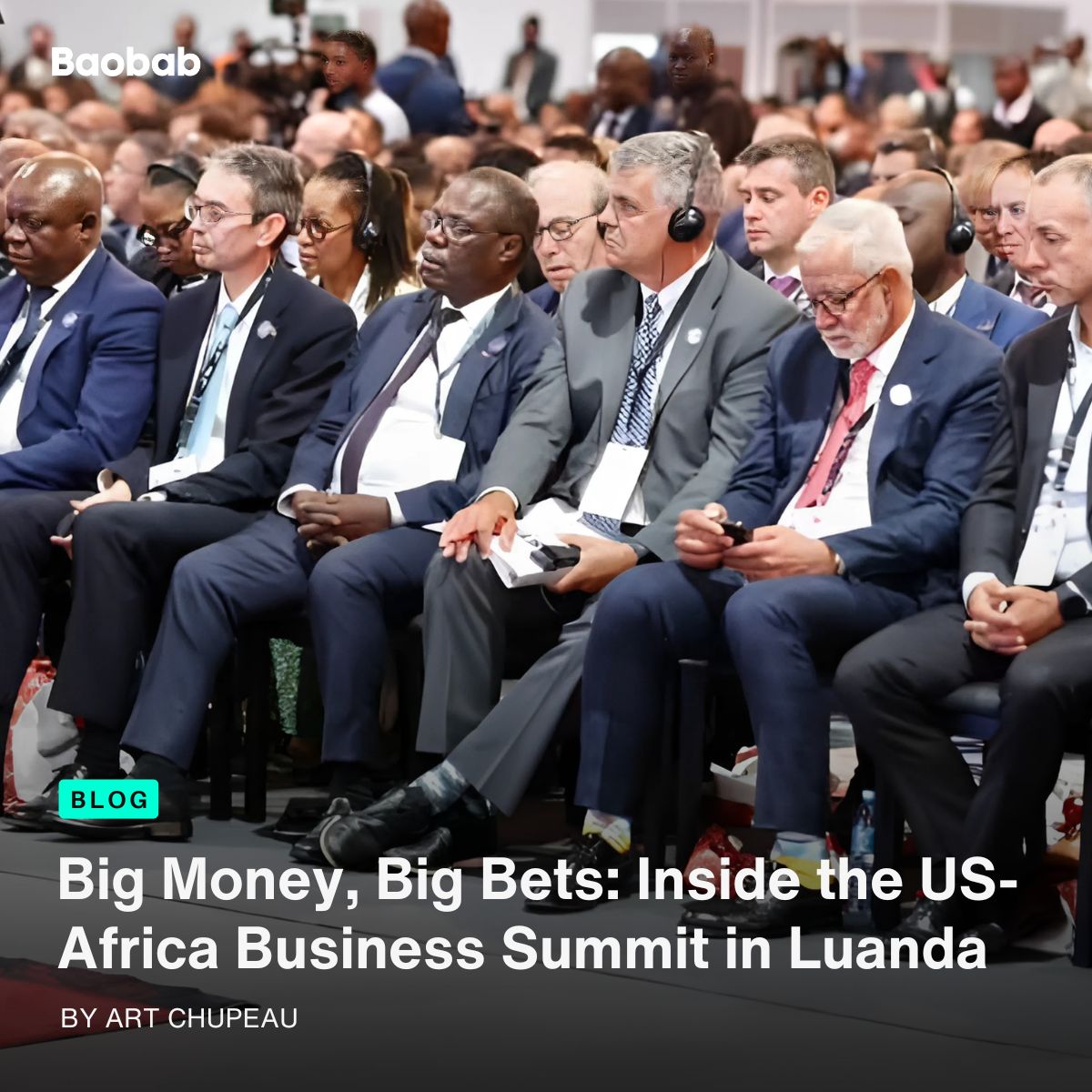
A few days ago, I wrote about my experience in Angola, a country still relatively unknown to many Africans, despite being large, rich in natural resources, and slowly but surely emerging from decades of isolation. I was there primarily to attend the US-Africa Business Summit, and thought it would be worth sharing a few reflections on what I saw and heard in the rooms where capital, influence, and policy intersect.
A Gathering of Power and Capital
The US-Africa Business Summit is the premier event for fostering trade, investment, and collaboration between the United States and Africa. This year’s summit, hosted in the vibrant city of Luanda, Angola, spotlighted Africa’s growing role in global manufacturing, energy, infrastructure, health, technology, and more with a sharp focus on the Lobito Corridor and regional logistics.
It’s an annual gathering of African and US business leaders, executives, big investors, lawyers, lobby firms, and development institutions. The atmosphere was charged with big numbers. We’re talking infrastructure, oil and gas, extractives, and the kinds of deals that often begin at nine digits.
As a venture capitalist raising $25 million for one of the continent’s riskiest asset classes, it definitely felt lonely at times.
The Cocktail Party Reality Check
Even at the opening cocktail reception, the tone was clear, this isn’t a tech conference. One delegate told me:
“I’m looking for cheques in the dozen of millions of USD… but at least for me, my industry doesn’t need much exploring or explaining.”
We smiled. I understood exactly what he meant. (Her industry was oil and gas)
Another delegate I met was the head of relationships for one of the largest African banks. He sits in New York and handles correspondent banking so most of his clients are African banks looking for those services.
He told me:
“Yes, we’re typically looking for banks in need of $50 to $100 million USD.”
Then there was a woman I met, she runs global partnerships for a fintech based in London, but happens to be both Congolese and English. She said:
“I’m looking for $200 million USD in financing for a cement plant in DRC.”
Apparently, despite strong demand, a surprising amount of cement is still imported from far away. Huge inefficiency. Huge opportunity.
And again, this was just the opening cocktail.

When Presidents Show Up, So Does the Pressure
The conference officially opened on a Monday. It was serious. Twelve heads of state. Almost 3,000 delegates, mostly from the US and across Africa with a heavy Angolan presence.
The format was classic: panels, private meetings, official networking sessions, coffee breaks that turn into pitch sessions. The panels were fine but for me, the real value was in the private, often brief interactions with delegates.
Half the time, the language barrier got in the way many Angolans don’t speak much English, and unfortunately, I don’t speak Portuguese. Still, I had my fair share of meaningful conversations.
Inside the Pitch Rooms: More of the Same?
Each country had its moment. At the “Invest in (name of the country)” booths, representatives from Namibia, DRC, and other Southern African nations presented pitches for why we should invest into their country. Most of them sounded alike: extractives, infrastructure, and large-scale agriculture. It was informative, but not groundbreaking if you already live and operate on the continent.
Outliers and Underrated Players
That said, I joined sessions from smaller countries like 🇸🇿 Eswatini. Some notes:
- Safe, with port access through South Africa and Mozambique
- Government has heavily invested in infrastructure
- Simple investment entry into sugar production
- Largest sugar exporter to Europe, with premium sugar going to South Africa and a small quantity to the US
- Growing pineapple exports, with potential in food processing to meet export-grade standards
- Part of SADC and the African Continental Free Trade Area
🇨🇮 Côte d’Ivoire also stood out, one of the continent’s most advanced in agri-processing. Key stats:
- Population: 33 million
- Well-developed agriculture and processing (cashew, cocoa, kola)
- Diversified into oil, industry, and services

Sports and Money: A Surprising Session
A particularly interesting session was around sports as a business. We’ve all heard stories of the South Sudanese refugee who became a basketball player, Cameroonian NBA players, or the many Africans in the NFL.
There’s an entire business model forming around talent identification, development, and export (for a lack of better word) with serious numbers. Double-digit million-dollar contracts start with grassroots scouting and training.
In Angola, football is the number one sport (likely tied to Portuguese heritage), followed by basketball and handball. Apparently, MMA is also booming.
But there’s little tradition of monetising sport. The government wants to change that and is now openly inviting investment from infrastructure to athlete development and event management.
Highlights from Angola’s national strategy:
- 5-pillar National Sport Development Plan: school, community, competition, infrastructure, and sports medicine
- Investment underway in two new football stadiums and the country’s first para-athletics centre
- Football is improving in global rankings
- MMA is now ranked number one in Africa
One sports official summed it up:
“We have the raw talent. What we need now is the system and the money.”
It’s story of Africa, we have raw talents, materials but we don’t enhance it, improve it. I think you got the picture.
What Gets Funded, Who Gets Heard, and Where Tech Still Doesn’t Fit
If you want to understand how capital actually moves on the continent, this summit made it very clear:
Big money still backs big sectors. Infrastructure, oil and gas, cement, extractives, and logistics. Those were the dominant themes. Many of the deals discussed started at $50 million, often more. The smallest cheque size I heard was $25 million, and even that was seen as marginal.
Who gets heard? Mostly presidents, ministers, and senior officials. The private sector was present, but in a very specific flavour: large corporates, DFIs, family offices, and banks. I didn’t hear a single African startup founder speak on stage. Panels were filled with institutional voices, not operators. I mean I didn’t expect a start-up founder either to speak, but I guess my point is I’m not sure the Gen Alpha, Gen Z, and even millennial to some extents were being heard or represented.
And where is tech in all of this? It’s mentioned; usually in passing. A nod to AI. A line about digitisation. But there was no real exploration of how technology is transforming the services that sit on top of all this infrastructure. You could attend three days of this summit and walk away thinking Africa’s tech ecosystem barely exists. (Which is fine, because in Angola it isn’t there as much as it is in say Kenya for instance)
This is the gap and perhaps, the opportunity.
Because if these large projects go ahead, someone will need to finance gig workers. Build the software layer. Manage mobility. Train the workforce. That’s not going to come from the same players building roads and ports.
Final Thoughts: Summit Takeaways
This summit isn’t cheap. Tickets can go as high as $2,000. It should be treated as what it is, an investment. The real value is if the right people are in the room for you.
What I took away:
- In Southern Africa, come with big money; extractive economies and big sectors move in large cheques
- Having a local partner or guide is critical, especially in Angola
- Tech is promising, but there are still big opportunities outside of it in Angola
- Luanda and Angola are nascent markets still finding its post-oil identity
- If you don’t understand extractives, support the services that surround them: logistics, payment systems, training centres, translation tools; the “picks and shovels”



